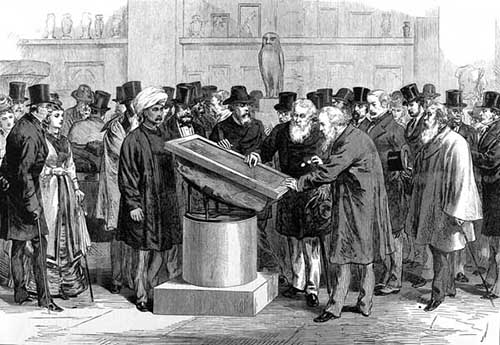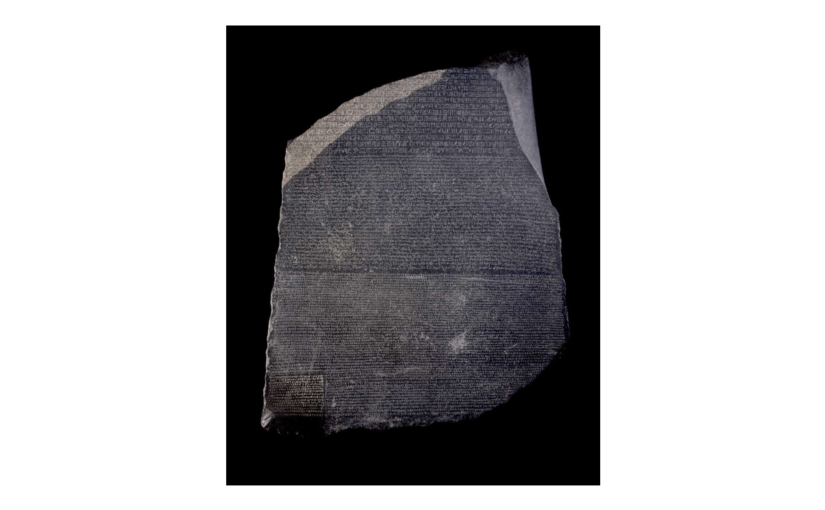Two hundred years ago, nobody knew how to read hieroglyphs. Even Egyptians had forgotten the meaning of those strange symbols written and chiselled by their ancestors.
A French man called Jean-Francois Champollion was the first to crack the code of hieroglyphs. The key was the Rosetta Stone, which contained the same message written in three different languages, including hieroglyphs. Jean-Francois used the language he did know (Greek) to decipher the one he didn’t (hieroglyphs).
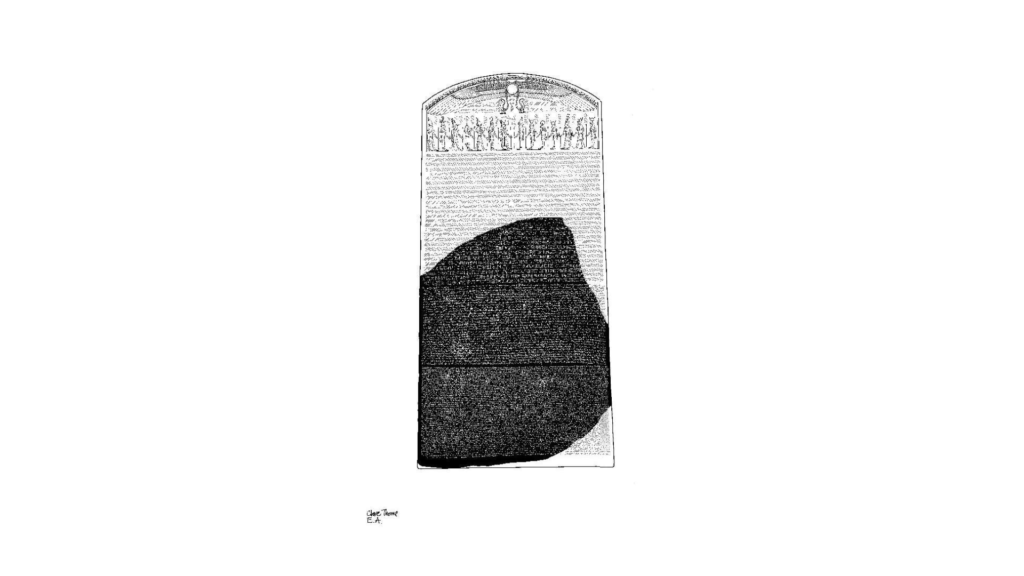
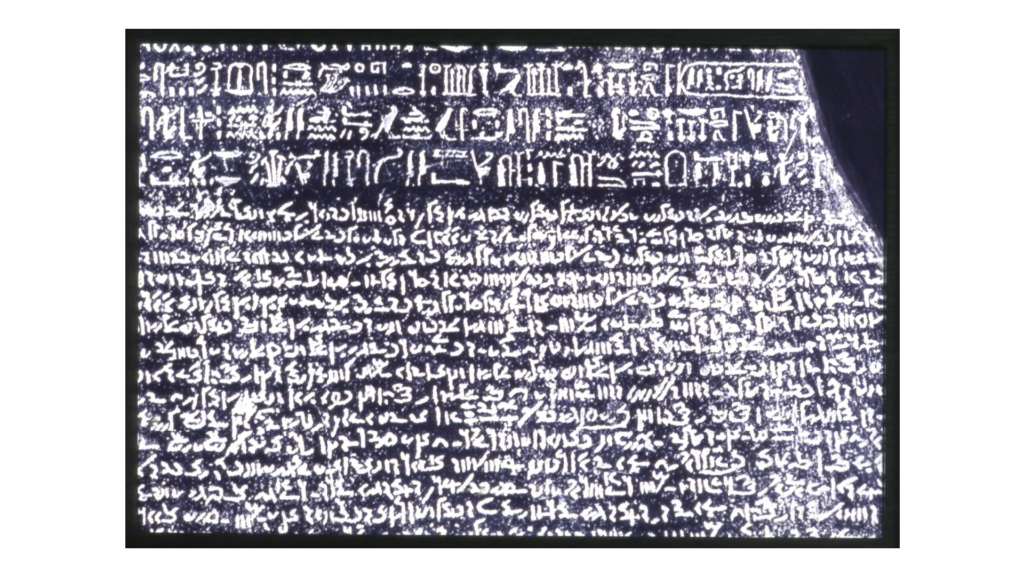
The middle part was Demotic (another Egyptian script)
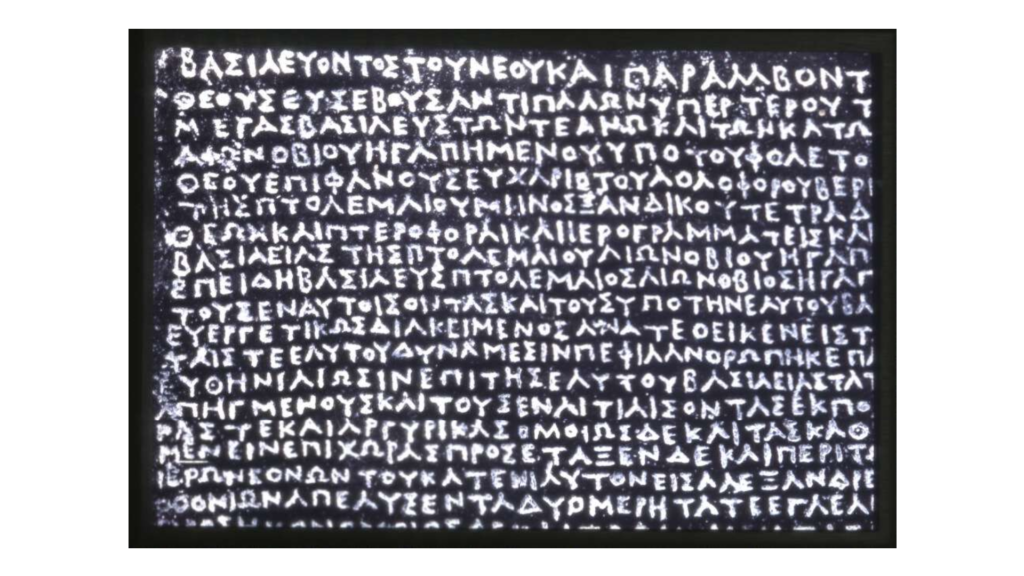
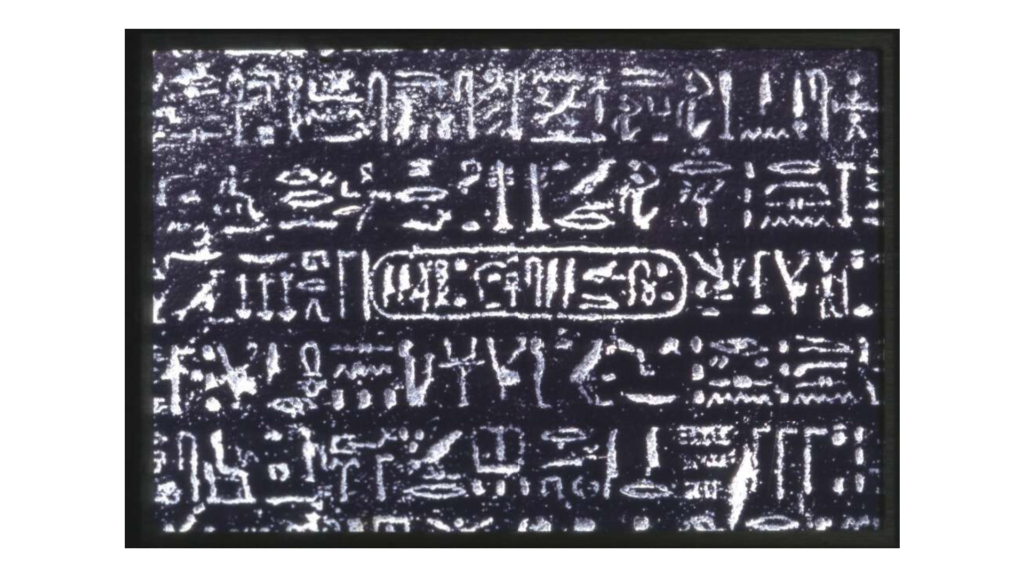
Names were written inside a special protective loop called a ‘cartouche’.
